Combining food and wine may not be as complicated as we sometimes have a tendency to think, but it is always interesting to think a little extra on what is particularly delicious. In addition, a focus on wines from the classic region of Burgundy in France is extra exciting. BKWine’s Carl-Erik Kanne met with Michel Jamais over lunch in conjunction with the Burgundy Day in Stockholm.
Grand Hotel in Stockholm, burgundy wines, Michel Jamais. The combination sounded very tempting especially since the topic was food and wine, and my expectations were high.
7 select wines were to be tasted with some Swedish dishes chosen by Henrik Lagergren, head sommelier at the Grand Hotel. The event, held earlier this year, was complementary to the Burgundy Wine Tour 2014 organized by the French Trade Council (UBIFRANCE) in collaboration with the trade association for Burgundy Wines (BIVB). Location: Grand Hotel in Stockholm.
Why do Swedes – and you – not drink more burgundy?
The organizers started with a compliment to Sweden because we appreciate wines from Chablis so much. But they also hoped to see more of Burgundy’s 44 village (communal) appellations represented on the Swedish market, such as those from the Maconnais and Côte Chalonnaise. They would also welcome more visits by Swedes to balance against the growing number of Asians who appear at fairs and other events in Burgundy and who buy much.
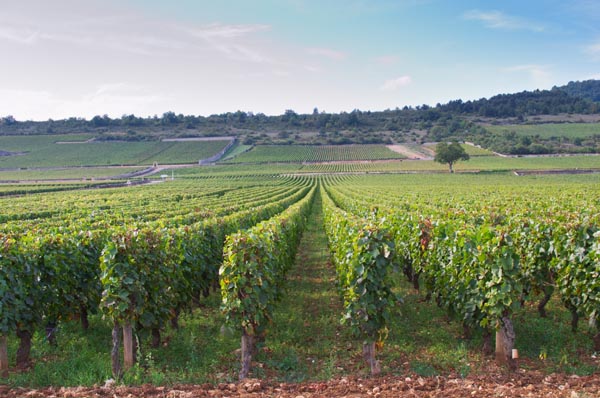
After these introductory words the microphone was handed over to Michel Jamais, renowned food and wine expert and also Burgundy expert, who would lead us through the flavour combinations of wines and the selected courses.
Affordable Burgundy wines
Michel Jamais hoped that we would look at Burgundy and the wines from there in a new way, mainly because the quality of “everyday wines” from here has increased significantly in the past 15 years. There are currently many good Burgundy wines with “regional” designation at reasonable prices, and we are talking (in France) about 10 € per bottle. If you go up a notch up to the village wines, there are good ones in the price ranges 12-20 euro / bottle.
We were recommended to try the them on site in Burgundy by asking for some regional wines when in the local restaurants.
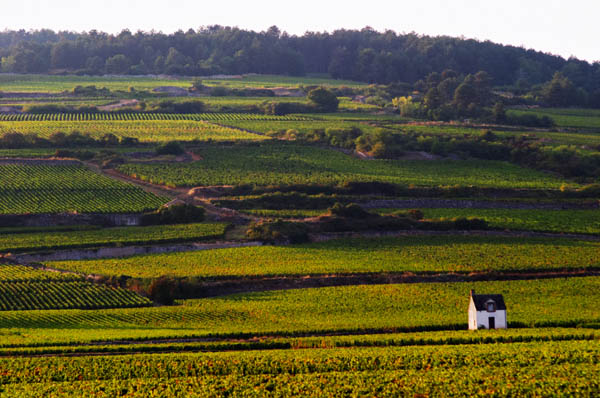
Matching burgundy wines with food
Combining wine and food is important for Michel Jamais; it is a question of creating a balance in the mouth.
Burgundy wine generally works well with lighter elegant food since both white and red Burgundy lie somewhere in the middle of the scale in flavour intensity.
Therefore, do not kill wine by combining it with excessively powerful food.
The wines’ character also means that it can often be more appropriate to drink a red Burgundy before a white one if you want to go from lighter wines to richer wines.
Michel Jamais emphasized the following factors to consider in the wine-and-food combinations regarding Burgundy:
– The wine’s taste (light or full-bodied)
– The food’s taste (avoid excessive sweetness)
– The meeting between the food and the wine (reactions). You can work with the salt and the acidity and fatty texture to marry the parts together.
– Earthy aromas of the wines are important to match with the food. Oysters / mussels characters from the soil are particularly noticeable as well as mushrooms and truffles.
Seven wines
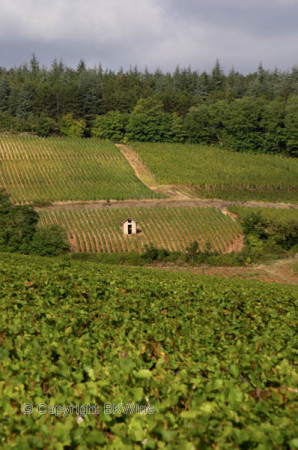
From these words of wisdom we started to familiarise ourselves with the seven wines :
1. Crémant de Bourgogne, Caves Bailly Lapierre
2 Bourgogne Côte Chalonnaise 2011 Caves des Vignerons de Buxy
3 Chassagne Montrachet, Les Battaudes 2011 Domaine Agnes Paquet
4 Pouilly-Fuissé Les Crays 2010 from Domaine Eric Forest
5 Bourgogne Pinot Noir 2010 from Chateau de Pommard
6 Mercurey, Les Closeaux, 2009 from Domaine de l’Europe, Guy et Chantal Cinquin
7 Nuits-Saint-Georges 1er Cru Aux Perdrix, 2009 from Domaine des Perdrix
The food
And the accompanying food:
– Starters consisting of oyster soup and tartar of scallops with a small sour-dough crisp and lemon mayonnaise.
– A main dish in the form of a skrej (a type of cod) with carrot purée and a mushroom and croquette stuffed with bacon with truffle mayonnaise.
The wine and food match
The starting crémant, Crémant de Bourgogne, Caves Bailly Lapierre, was intended as a teaser and made from 100 % pinot noir by the traditional method, aged one and a half years on the lees. Toasty on the nose, fine mousse and a pleasant acidity. A nice alternative to a champagne as aperitif. The producer, who has made wine for 40 years, is located in the area Auxerrois just southwest of Chablis.
The first wine with the food, Bourgogne Côte Chalonnaise 2011 Caves des Vignerons de Buxy, was a light fresh wine with good acidity. It was a good example of a well-made regional wine. Went very well with oyster soup. Priced around 8-10 €
The wine no 3, Chassagne Montrachet, Les Battaudes 2011 Domaine Agnes Paquet, had butteriness on the nose with hints of aniseed, good acidity and chalky fatter tones on the palate. Although this wine married well with the oyster soup it went even better with the tartar. The vineyard of 8 hectares is run by Agnes Paquet and her right hand man David. The grapes are harvested by hand, the wine ferments in barrels, even for the malolactic fermentation, and then aged for 12 months in a mix of new and old French oak barrels. The wine is unfiltered. Priced around 25-30 €
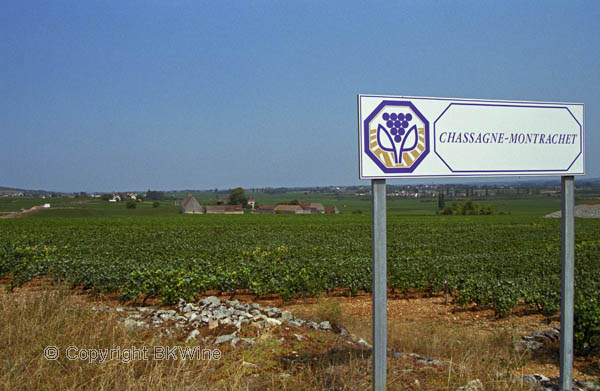
In glass no 4, we found a wine from the Maconnais, Pouilly- Fuisse Les Crays 2010 from Domaine Eric Forest, from a small producer with a 2.8 ha of vineyards. The wine has been aged 12 months in barrels and served as a good example of straight-forward wines can benefit from a good vintage, like 2010, with rich fruits. Was an excellent match to both the starters and to brie and hard cheeses. Priced about 20 €.
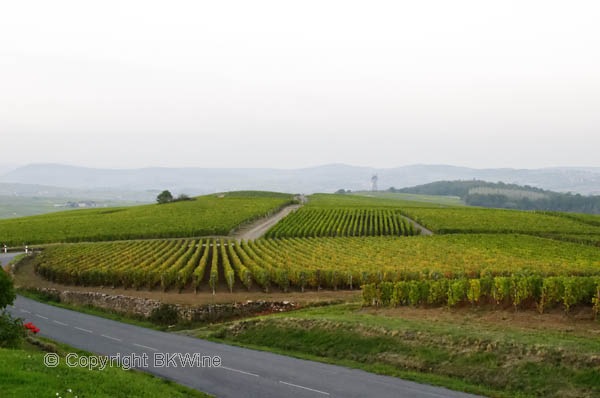
The first red wine in glass No. 5, Bourgogne Pinot Noir 2010 from Chateau de Pommard, was a fine example of an entry-level wine from Burgundy where, for clarity, they have also noted grape variety on the label, which has never been considered necessary in the established French wine regions. The origin itself defines what grapes may be in the wine. Probably the competition from the New World, in combination with that mainly Americans are accustomed to having the grape variety written on the label has led to that even in Burgundy they have started indicate the grape on the label on the volume wines.
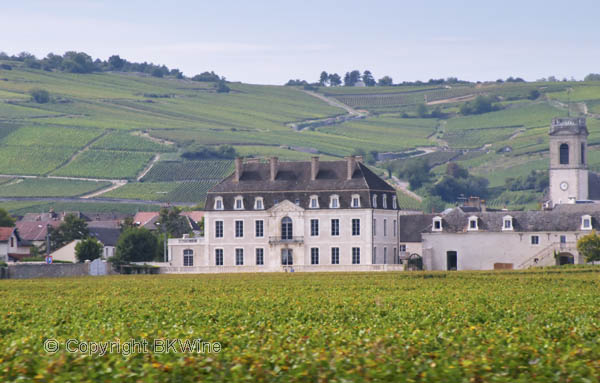
Anyway, the wine from the renowned Pommard village had had 14 months in oak barrels and showed a bright light red colour; red berries in the aroma and a pleasant acidity-fruit balance. Soft tannins from the oak barrel aging. This was ideal for the cod but is also perfect for charcuterie or cheese, preferably of comté type. Priced around 12 €.
Côte Chalonnaise, the wine in glass no 6, Mercurey, Les Closeaux, 2009 from Domaine de l’Europe, Guy et Chantal Cinquin, was also an example of the kind of wine that one should take the time to explore todays, namely a so-called village wine from the village (commune) of Mercurey.
The wine a nice raspberry fruit from the warm 2009 vintage, good acidity, and a good structure with fine tannins. This wine was the one that I thought was the best fit with the main course. The vineyard of almost 3 hectares is owned and run by a Belgian couple. Priced about 15 €.
The glass no 7 was a classic Burgundy, Nuits-Saint-Georges 1er Cru Aux Perdrix, 2009 from Domaine des Perdrix, from a warmer year, and it may well be kept a few more years in the cellar, but is nevertheless already enjoyable, after proper aeration. The concentration of fruit is already apparent in the darker colour. A concentrated red fruit in both nose and palate, with hints of new oak and spices. Nice fruit-acidity balance and long finish with sandy tannins. A more elegant wine than the other two. Priced about 50 €.
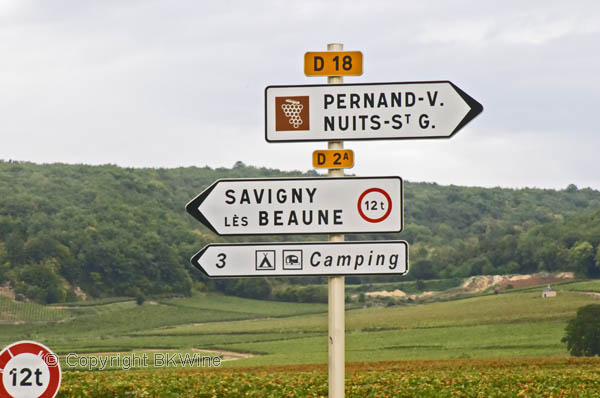
An excellent wine to elegant dishes of poultry or the skrej that was served and a worthy conclusion to a nice event.
Carl-Erik Kanne is a long time wine enthusiast and fervent wine taster. He reports from wine tastings and wine events in Stockholm for BKWine Magazine.
[box type=”info” style=”rounded” border=”full”]
The very best way to explore combinations of burgundy wines and delicious food is of course to do it on site in Burgundy. On a wine tour to Burgundy you will experience both extensive wine tastings and gourmet meals and many opportunities to explore wine and food matching.
Travel to the world’s wine regions with experts on wine and specialist on wine tours.
[/box]


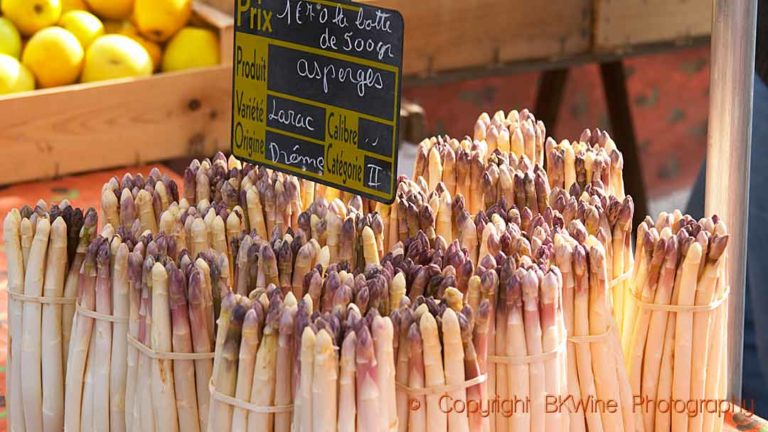
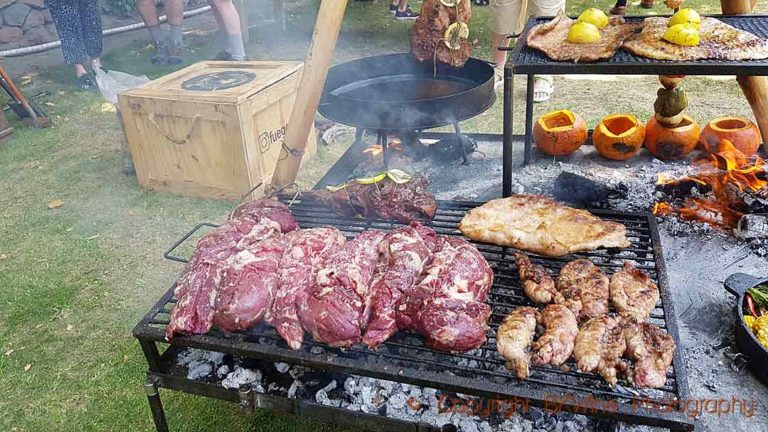
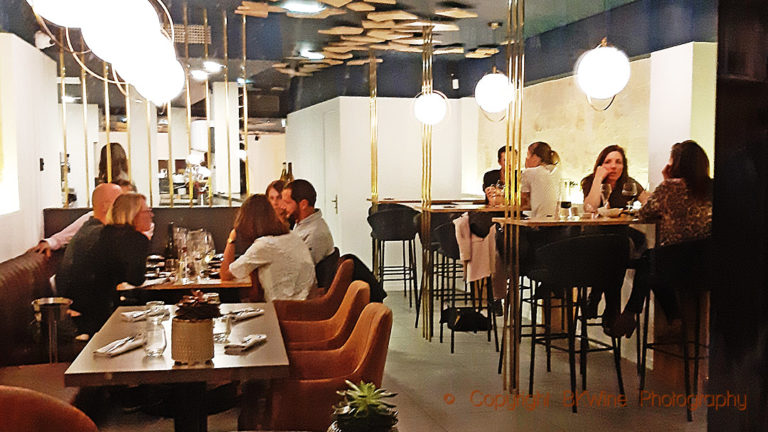




One Response